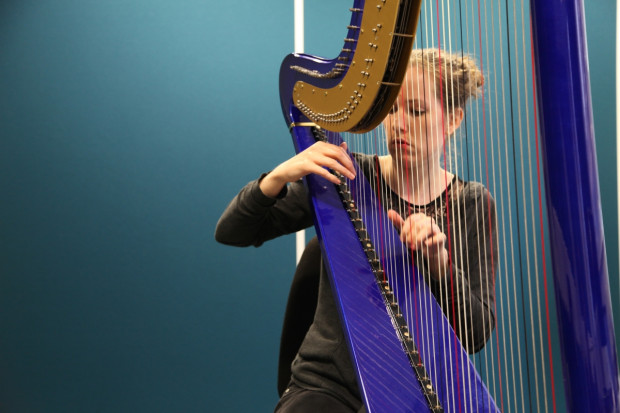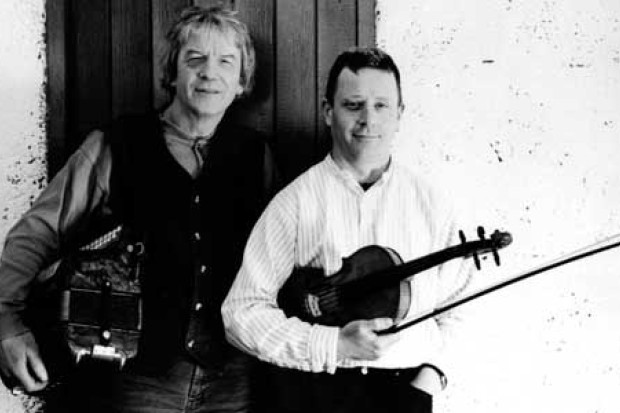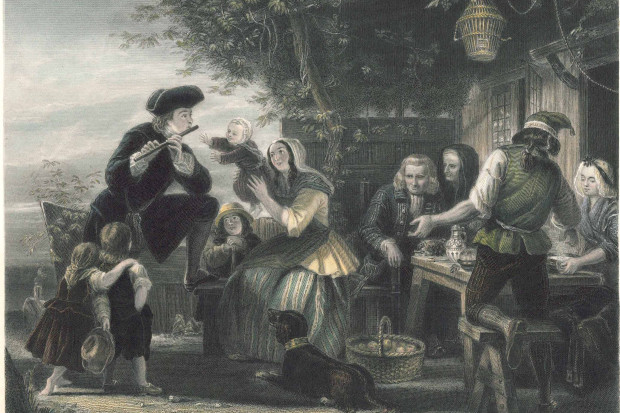Editorial: A Feel for the Terrain
That JMI has raised more questions than provided answers over the past three years goes without saying. Few will be surprised or bothered by this. But the act of questioning is valuable in itself, for it sketches out a map of the wire-fences and high walls in our society that decide the path for new ideas. After three years of JMI, often publishing articles that step out of line and which are subsequently rapped on the knuckles, or pieces that fall over trip-wires or stroll into waiting rabbit traps, our readers can begin to get a feel for the terrain we are walking. There will inevitably be reactions and adjustments as a particular line of questioning hits nerves. Sometimes a reaction may in fact be a non-reaction, but that too shows us where the lines are drawn.
When JMI first began there was, to this editor’s mind, so much work to do in the area of music that I feared the magazine would be paralysed under the weight of the job in the first year. Such a huge undefined obstacle did it seem to be that I could barely conceive of the kind of contents and debates we would eventually have within its pages. It was a case of getting it up and running and then waiting to see what happened. There were several key articles in the first year and, looking back, it is interesting to note the instant engagement that there was with the magazine from readers and potential contributors, probably reflecting the fact that there was so much to say and few places to say it.
Despite the grand plan that I may have laid out at the beginning, it is instructive to realise how raw the idea actually was. No real thought had been given to the subjects of music education or contemporary music criticism, and yet they have proved to be critical aspects of the magazine’s contents. From taking a very broad sweep at the beginning, JMI’s contents have swung back and forwards between genres and styles and have gradually been shaped by the apparent demands of readers. Parts of the magazine have now settled down into an effective format, but there are still many other ideas that have yet to be tried.
Sometimes, where there should have been strengths there was a weakness. For example, given the fact that there has been a steady stream of traditional musicians going through the music degrees in the country for over ten years or more, why has JMI not benefited more from this? No major challenges from young graduates to the canons of Irish traditional music, little new thinking, in particular, having emerged from the much celebrated Irish World Music Centre. Perhaps, despite undertaking music degrees, traditional musicians still tend to emphasise the performance side because it is what they are used to. Still, this doesn’t fill in the picture entirely.
It is a cliché to say that Ireland changed radically in the 1990s, but one can’t help being struck by how much concepts in Ireland of what ‘music’ is seem to have changed in that short period. In 1991, Music Ireland, a classical music periodical, folded. It also published the odd article on the ‘classical music aspects’ of traditional music, such as the harp or Seán Ó Riada, but still, funny to think that back then ‘music’ was, more or less, ‘classical music’. On the other side of the fence, Breandán Breathnach’s traditional music journal, which ended with his death in 1985, was called Ceol. The titles signify how both genres understood their role in the society and how they avoided getting involved in a difficult philosopical clash. Music Ireland had refrained from calling itself ‘Irish Music’ (perhaps in case of arguments that classical music wasn’t Irish enough) and Ceol refrained from calling itself ‘Music’, perhaps for fear that that wouldn’t appear Irish enough.
In 2000, only nine years after MI’s demise, JMI was founded and took a multi-genre approach. Would it have been credible to start a music magazine of serious debate and essays in 2000 and exclude either traditional or classical music? I doubt it. The ‘in’ is the key word in the title of magazine. It is completely non-restrictive, relating to all music activity in Ireland, as opposed to just ‘Irish music’. Even including ‘traditional’ or ‘contemporary’ on the masthead does not, in my view, restrict the magazine to any particular genre. It could just as easily include ‘traditional jazz ‘ or ‘contemporary pop’.
JMI was started because there was no space for regular thoughtful writing on music and culture in Ireland. The generation of new ideas and debate need not be a spectator sport. The circulation of new ideas is reliant on all those who are in a position to cause change, to have the commitment to Ireland’s cultural life to go and do something about it.
Published on 1 November 2003
Toner Quinn is Editor of the Journal of Music. His new book, What Ireland Can Teach the World About Music, is available here. Toner will be giving a lecture exploring some of the ideas in the book on Saturday 11 May 2024 at 3pm at Farmleigh House in Dublin. For booking, visit https://bit.ly/3x2yCL8.










